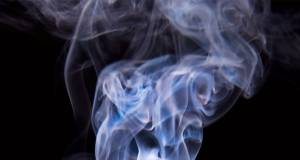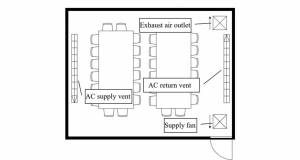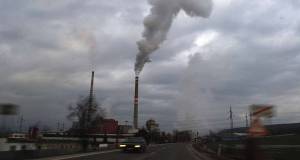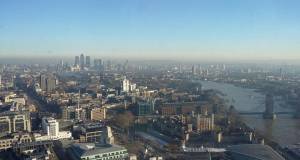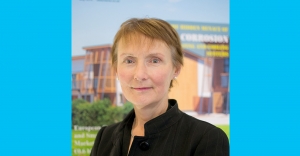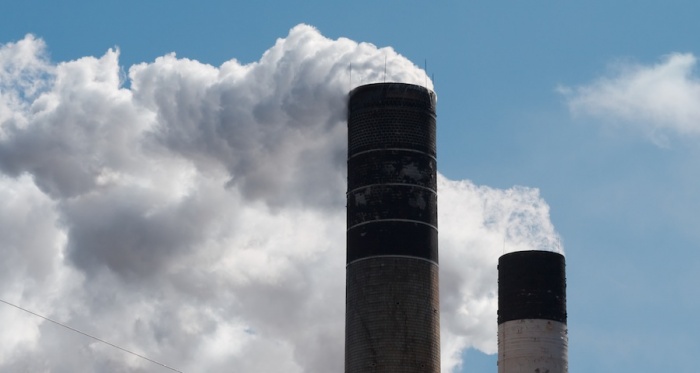pollution - passivehouseplus.ie
Most polluting cements ruled out in Irish public procurement
Study confirms “systematic inequalities” in indoor air pollution
A new analysis of the exposure of London households to indoor pollutants highlights “systematic inequalities” in exposure, overwhelmingly driven by factors beyond the control of those people worst affected.
Radon in passive houses
Radon is one of the most dangerous indoor air pollutants, yet there is little research on how it is affected by different forms of construction and ventilation. A new study, however, suggests that homes built to the passive house standard are significantly less at risk of radon build-up.
Hell's kitchen - Why cooking can destroy indoor air quality
When it comes to air pollution, we tend to worry most about things like traffic fumes and solid fuel burning — or when it comes to indoor air, condensation, damp and mould. But one of the biggest threats in the air we breathe comes from something we are exposed to almost every day, but rarely think about: cooking. John Hearne reports on the evidence for how cooking affects indoor air quality, and what we can do about it.
Evidence of COVID-19 infections in poorly ventilated spaces
The airborne transmission of COVID-19 may be a risk in enclosed spaces with air recirculation or poor fresh air ventilation, with one study concluding that airborne transmission may have occurred in 48.3% of people in a poorly ventilated office and 34.3% of passengers on an air conditioned bus.
Design your MVHR for a pollution-free home — Solarcrest
Leading ventilation supplier Solarcrest has advised anyone specifying a mechanical ventilation with heat recovery (MVHR) system to ensure it is properly designed to deal with local air pollution issues.
Ireland’s emissions continue to exceed carbon budget — EPA
The Environmental Protection Agency's latest figures show that Ireland exceeded its carbon emissions budget in 2018 for the third year running.
New research finds air pollution particles in human placentas
Researchers find toxic particles from air pollution in human brain
Leading construction testing and research organisation BSRIA has announced that it is concerned with recent findings that toxic nanoparticles from air pollution have been discovered in human brains in “abundant quantities”.
Lobbying delays publication of pollution data on construction materials
Pressure from sectors of the building materials industry last November forced a delay in the publication of a database detailing the carbon footprint of building materials in Ireland, Passive House Plus can reveal.


